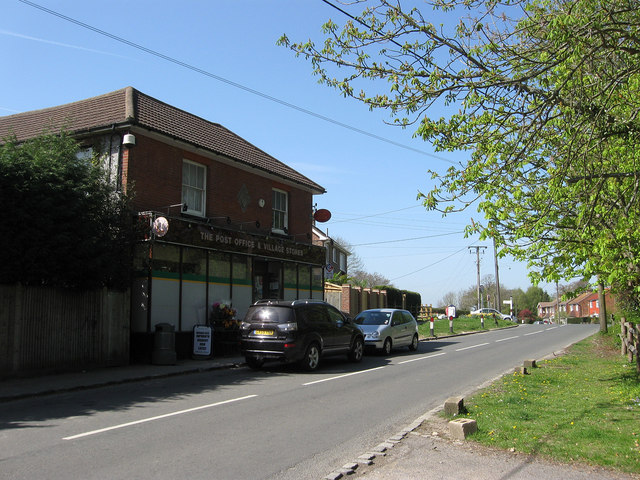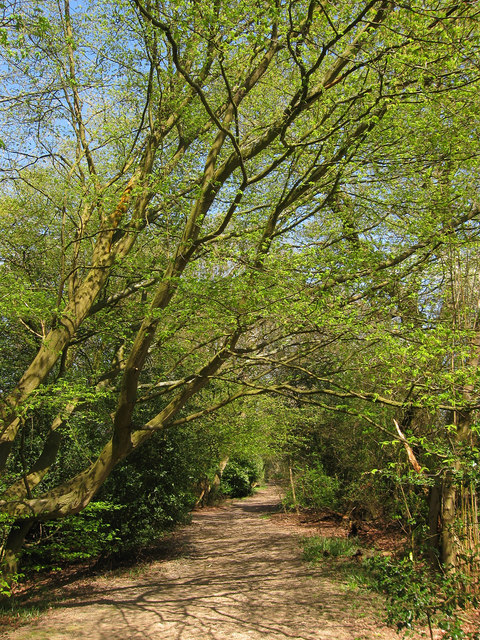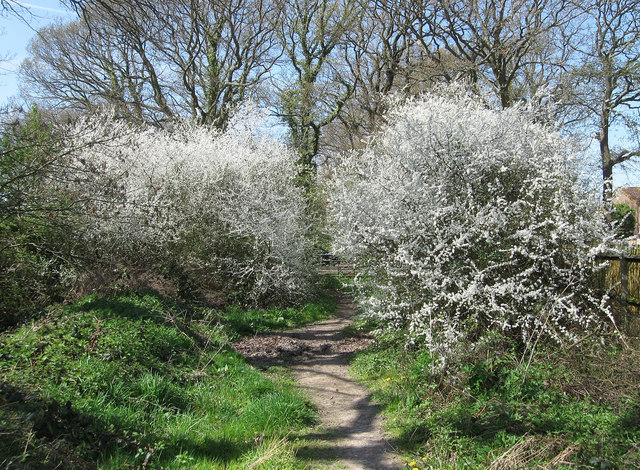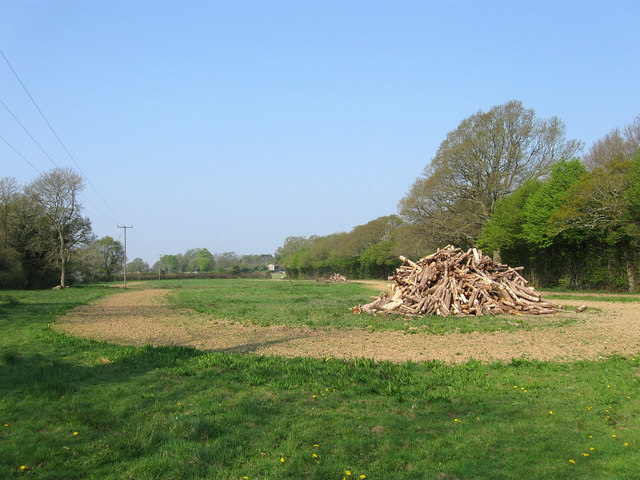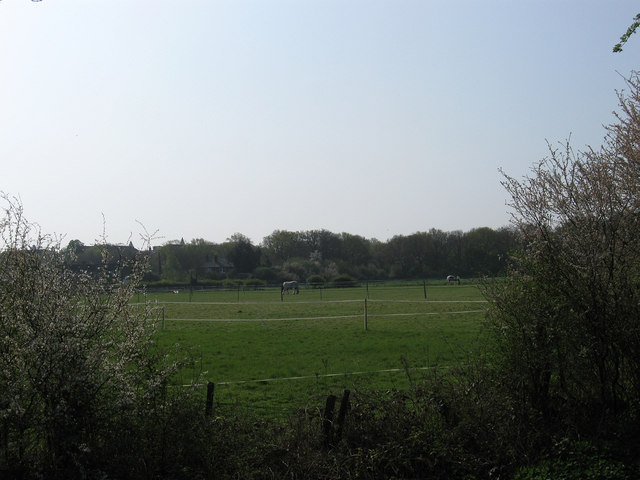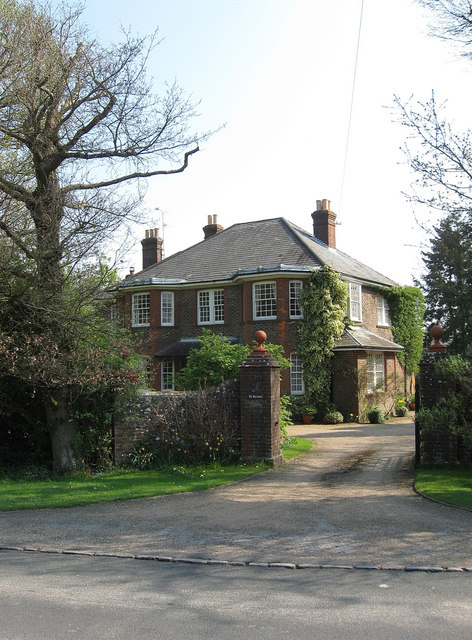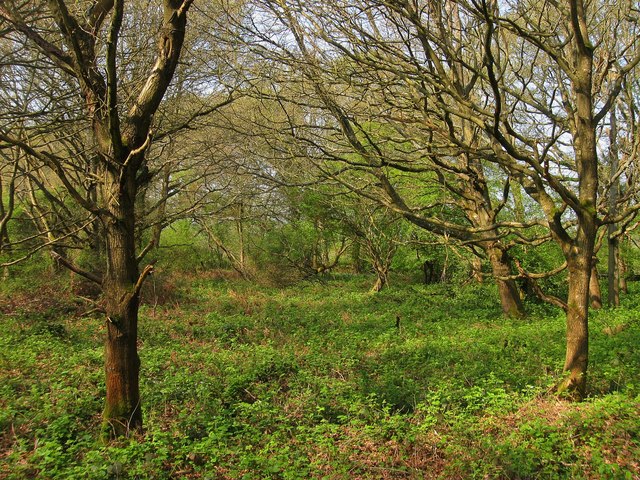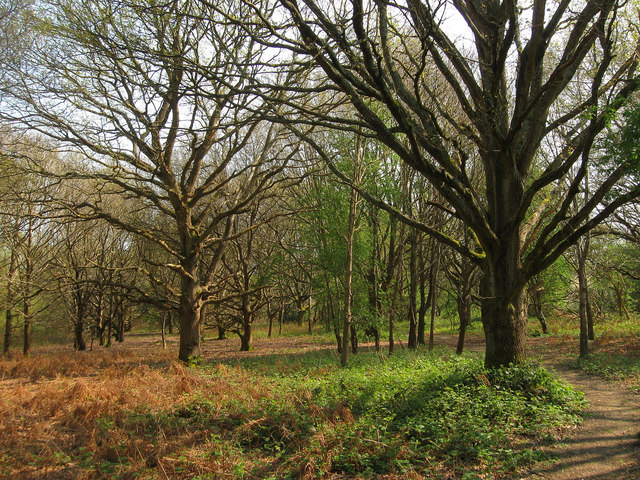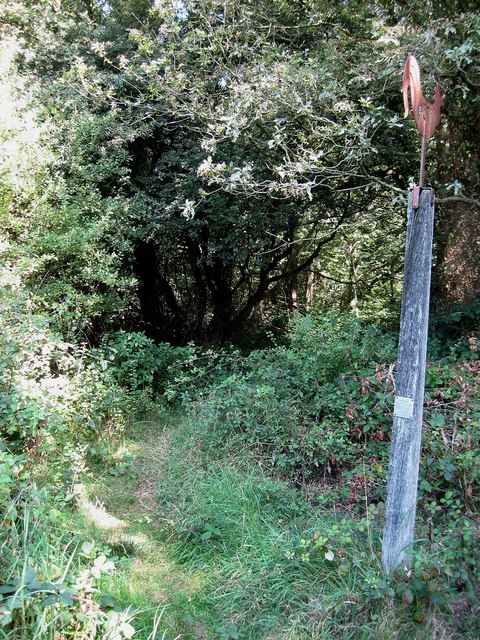Bushycommon Wood
Wood, Forest in Sussex Lewes
England
Bushycommon Wood
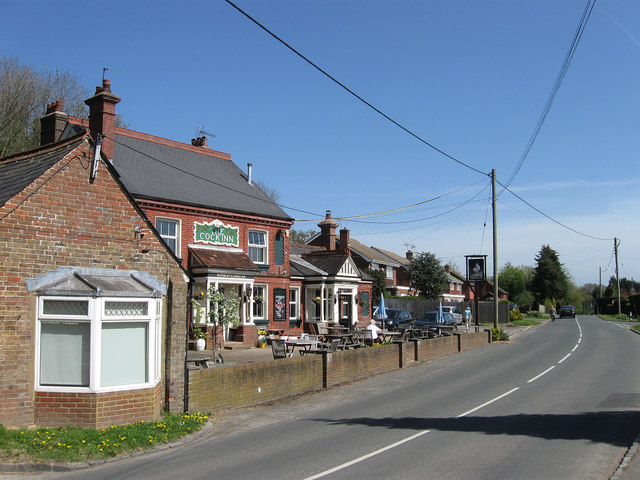
Bushycommon Wood is a picturesque woodland located in the county of Sussex, England. Spread across an area of approximately 150 acres, it is a charming forest that attracts nature enthusiasts and outdoor adventurers alike.
The woodland is predominantly composed of broadleaf trees, including oak, beech, and ash, which provide a rich canopy and create a serene and peaceful atmosphere. In spring, the forest floor comes alive with vibrant bluebells, enhancing the beauty of the wood. The diverse range of flora and fauna found in Bushycommon Wood makes it an important habitat for various species.
This woodland offers an array of recreational activities for visitors. A network of well-maintained footpaths and trails crisscrosses through the forest, allowing visitors to explore the natural wonders at their own pace. The wood is also a popular spot for birdwatching, with several species of woodland birds making it their home.
In addition to its natural beauty, Bushycommon Wood has a rich history. It is believed to have been a part of the ancient Ashdown Forest, which holds a significant place in English folklore. The wood has witnessed centuries of human activity, from ancient settlements to more recent forestry practices.
Overall, Bushycommon Wood is a delightful destination for nature lovers and those seeking tranquility amidst the beauty of the Sussex countryside. Its stunning landscapes, diverse wildlife, and historical significance make it a must-visit location for anyone exploring the region.
If you have any feedback on the listing, please let us know in the comments section below.
Bushycommon Wood Images
Images are sourced within 2km of 50.953641/-0.087176293 or Grid Reference TQ3418. Thanks to Geograph Open Source API. All images are credited.

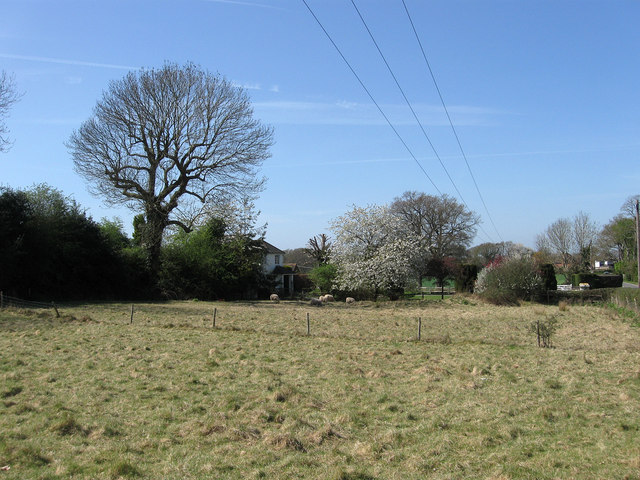
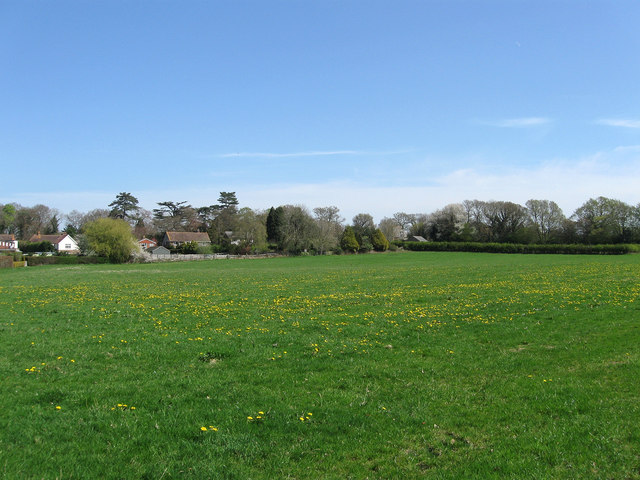
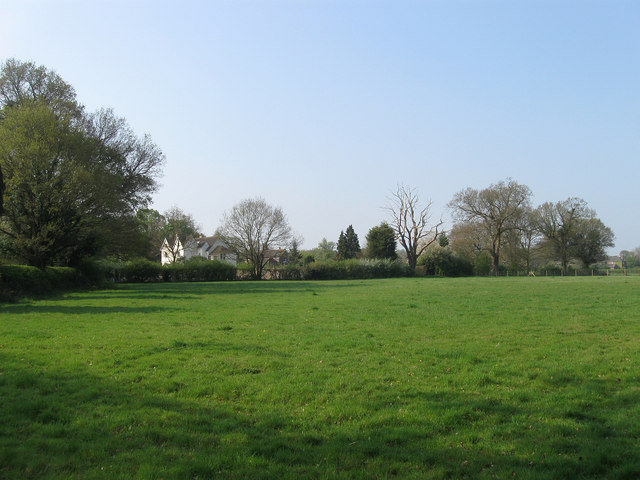

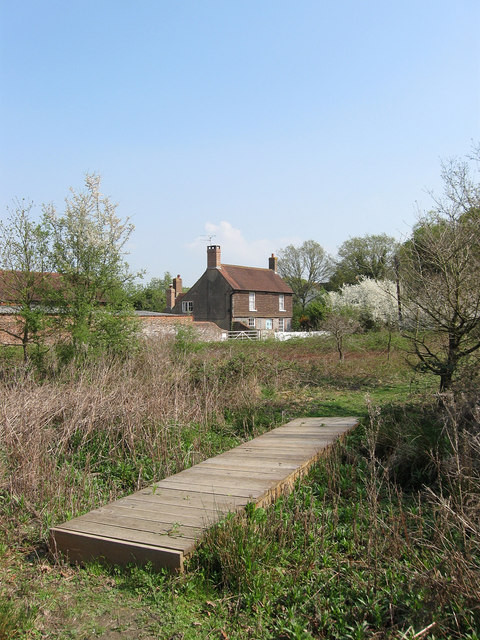
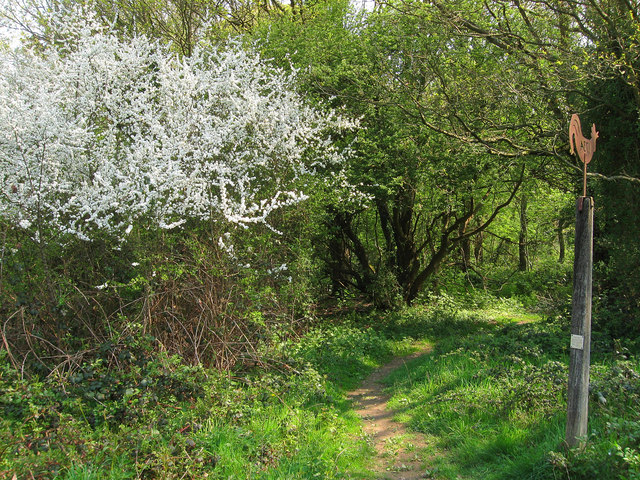
Bushycommon Wood is located at Grid Ref: TQ3418 (Lat: 50.953641, Lng: -0.087176293)
Administrative County: East Sussex
District: Lewes
Police Authority: Sussex
What 3 Words
///postings.rabble.faces. Near Wivelsfield Green, East Sussex
Nearby Locations
Related Wikis
Jacob's Post
Jacob's Post is a post outside the old Royal Oak pub just inside the north of Ditchling Common to the east of Burgess Hill, in Lewes district, East Sussex...
Ditchling Common
Ditchling Common is a 66.5-hectare (164-acre) biological Site of Special Scientific Interest south-west of Wivelsfield in East Sussex. It is a country...
Bethel Strict Baptist Chapel, Wivelsfield
Bethel Baptist Chapel is a Strict Baptist place of worship in the village of Wivelsfield in East Sussex, England. The cause was founded in 1763 by members...
Wivelsfield
Wivelsfield () village and the larger adjacent village of Wivelsfield Green are the core of the civil parish of Wivelsfield in the Lewes District of East...
Nearby Amenities
Located within 500m of 50.953641,-0.087176293Have you been to Bushycommon Wood?
Leave your review of Bushycommon Wood below (or comments, questions and feedback).
